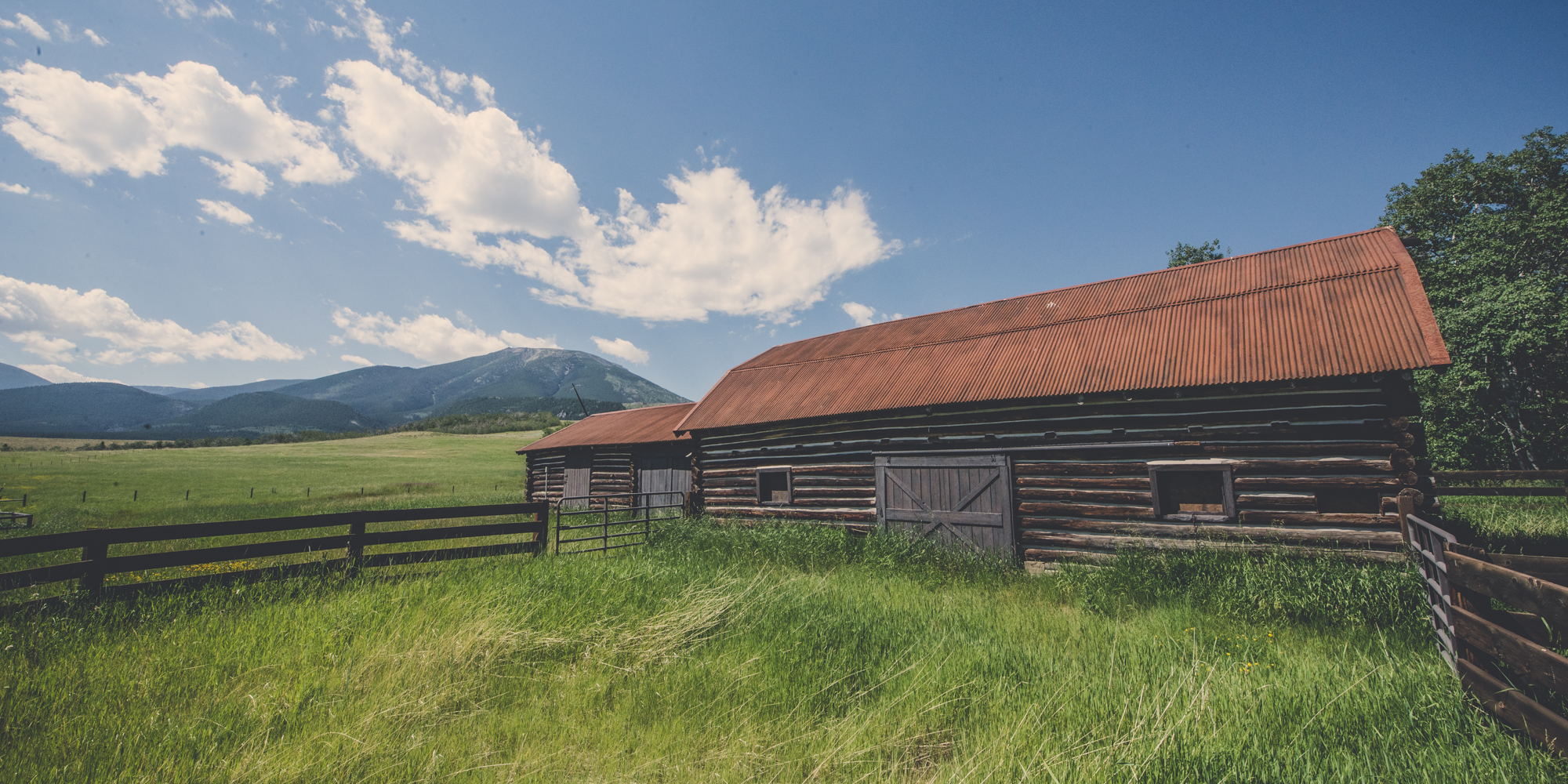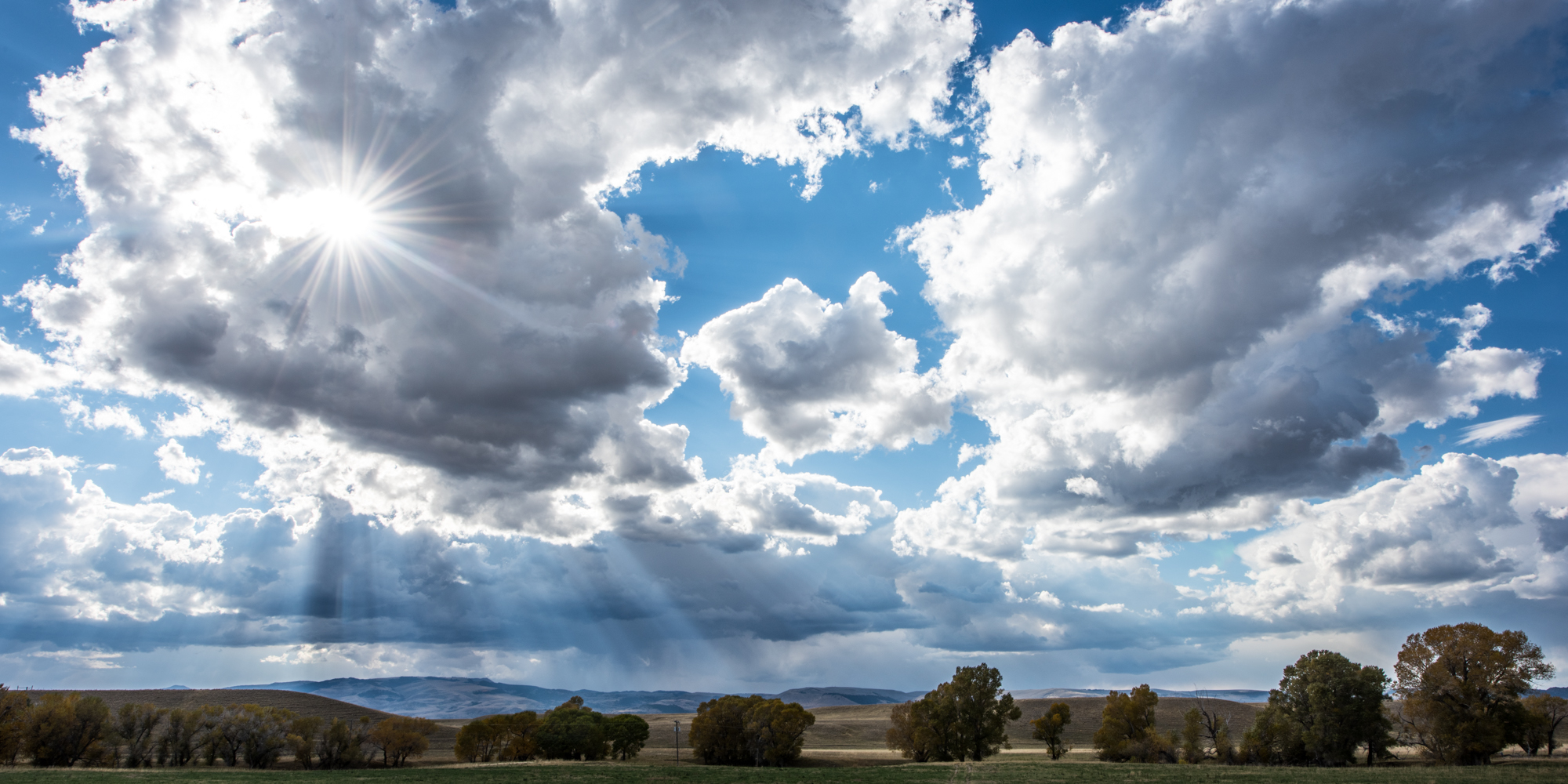Donors of perpetual conservation easements may save on state and federal income taxes, gift taxes, and estate taxes.
Federal tax law allows for generous use of charitable deductions associated with donated conservation easements. Generally, contributions of conservation easements are deductible up to 50% of a donor’s adjusted gross income (100% for qualifying agricultural producers) in the year of the donation, and up to 15 years in the future for any unused contribution amounts. This is a tax treatment more favorable than almost any other type of charitable contribution.

In order to claim a tax deduction on any charitable donation for property worth more than $5,000, donors must obtain a “qualified appraisal” by an experienced, qualified appraiser, using generally accepted appraisal standards such as the Uniform Standards of Professional Appraisal Practice (USPAP). Check with your attorney or accountant for details. You should consult with a professional appraiser who has direct experience with conservation easements. The Montana Land Reliance can refer you to appraisers with experience in this field, but cannot provide the appraisal. The appraisal costs are necessary expense if you wish to pursue a charitable tax deduction.

For illustrative purposes, assume you are the owner of a ranch and would like to donate a conservation easement on the property. Working with MLR staff, you negotiate the terms of the easement, which allows continued agricultural use and protects scenic open space and important fish and wildlife habitat. The easement may allow for construction of additional residences, and precludes commercial development, subdivision, surface mining, and any waste dumping.
A qualified appraiser determines the value of the easement, typically measured as the difference between the value of the property with and without the easement in place. The appraiser will consider data on comparable properties to arrive at the market value of the property after the conservation easement is in place. The difference between before and and after values becomes the value of the easement, and the amount of the charitable contribution.

A provision of new tax law entitles “qualified farmers and ranchers” to take the deduction associated with donated conservation easements up to 100% of their adjusted gross income (for individuals and for qualifying farm and ranch corporations), also with a 15-year carryforward. That means farmers and ranchers can zero out their income taxes for up to 16 years. According to the law, “qualified farmer or rancher” means a taxpayer whose “gross income” from the business of farming or ranching is greater than 50% of the taxpayer’s gross income for the taxable year in which the conservation easement is donated. This definition applies to individuals and to corporations. For pass-through entities like LLCs and s-corporations, the test is applied at the individual level. For purposes of this incentive, farming, ranching, forestry, and other kinds of agricultural activities satisfy the requirements of the statute.

Conservation easements are only one of several planning options available to effectively pass on a ranch or farm, as well as other assets, to the next generation. MLR often sees conservation easements being fully integrated into a landowner’s plans for his or her estate, with terms in the easement and its donation reflecting many of the same desires driving the landowner’s overall estate planning process.